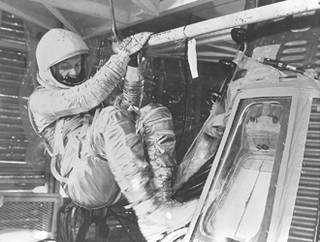
John Glenn trusted the West Area computers more than machines.
Background: NASA/JPL
Quote by Chrisine Darden.
"We were like one big family."
~ Gloria Champine, former computer
After WWII, computers turned to the stars, making the U.S. an early space power. At the capital, the government supplied funding and support for space operations. The West Computers were a catalyst for this new age: they did the hard and complicated labor of writing code.

John Glenn trusted the West Area computers more than machines.
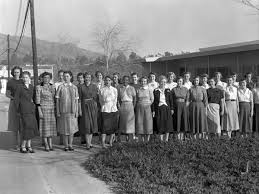
West Area Computers, year unknown
Former computer Marie Buchner speaks of her employment, courtesy of Langley Records.
Imitating the USSR, the computers began working on rockets. They only had rudimentary calculators, or in some cases only a pencil, paper, and their own brains. In its heyday, the West computers worked on different spacecraft-building or -coding jobs, all leading up to the eventual goal of beating the Russians. This also sparked the Cold War.
"I loved every day of it. I loved the job, I loved the people."
~ Katherine Johnson on her computing job
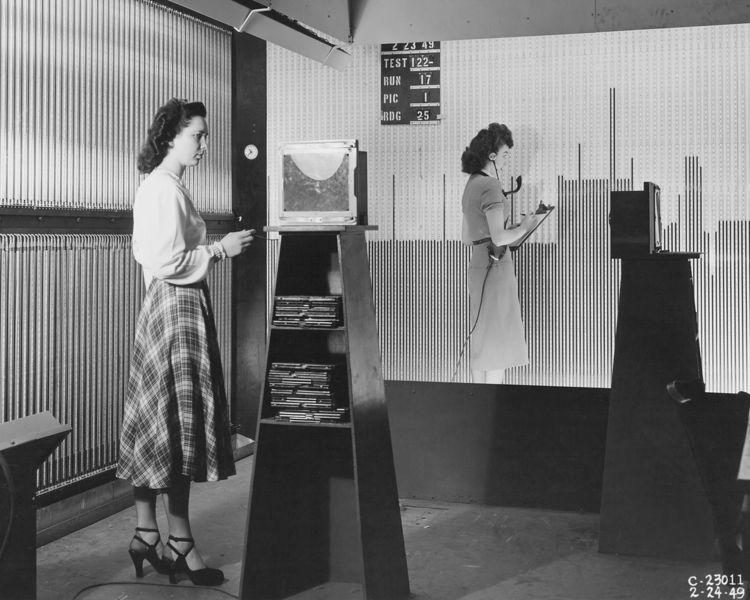
Courtesy of NASA Glen Research Center
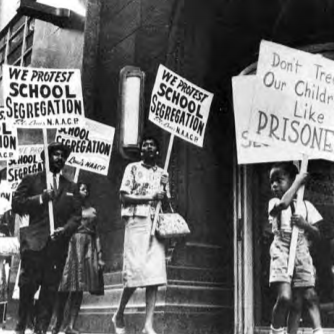
Civil Rights Protest
Credit: Cortis and Bettman
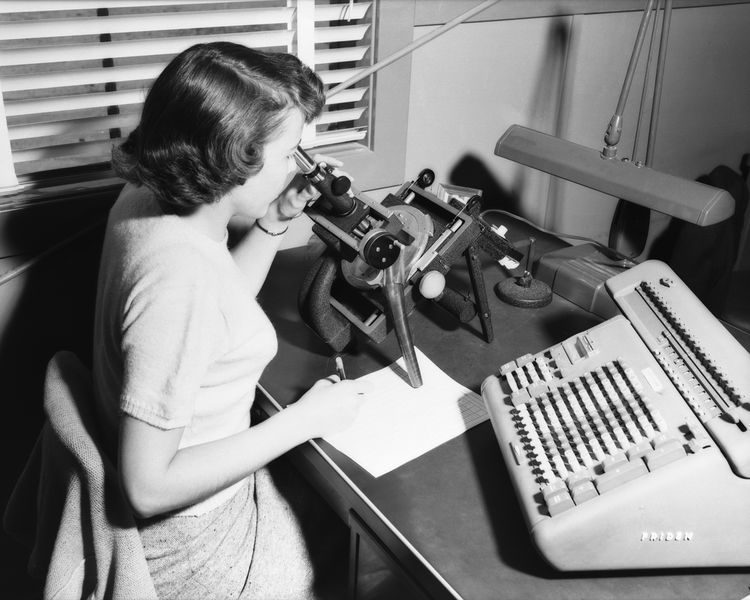
Courtesy of NASA Langley
By 1958, two barriers broke. First: Brown vs Board of Education and the civil rights movement gained traction. Second: the USSR launched the first human into space. Spurned by a government frantic to remain superior, NACA upgraded into NASA. This spelled out a new age for computing, and desegregation. All computers worked on coding John Glenn’s Friendship 7, meaning cooperation and less racial tensions. They later worked on the Apollo missions.

Credit: WMFE.org
Some computers in particular left their mark in this era.
By the late 20th century, these computers almost single-handedly coded numerous missions. The space age is often discussed, but people forget the black women who made it all happen.